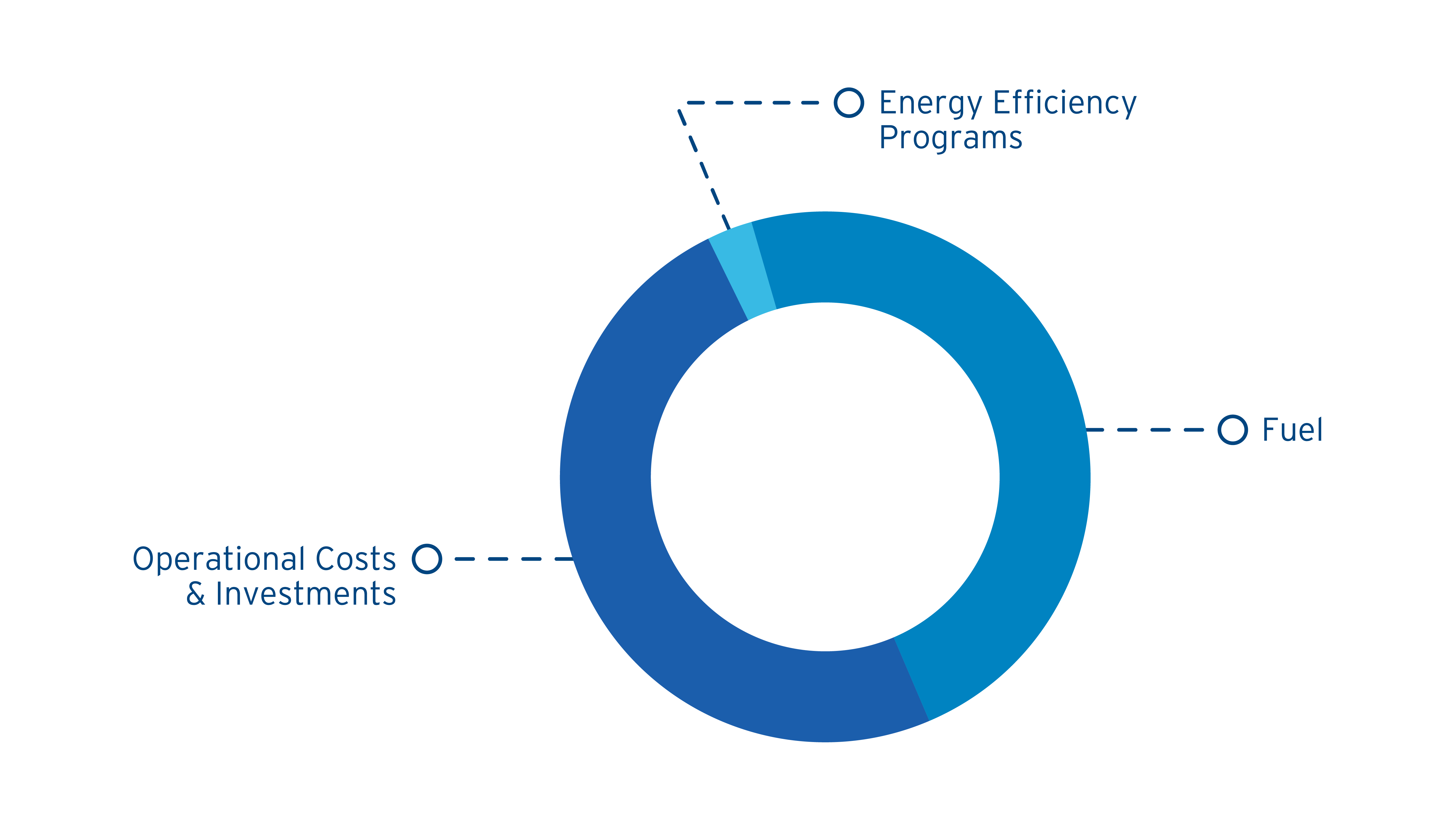Peak hours are the times during the day when there is high demand for electricity during the winter months (November 1 – March 31).
For the Time-of-Use rate, peaks times are 7:00am – 11:00am and 5:00pm – 9:00pm Monday to Friday. After 9pm, weekends and holidays are all off-peak.
For the Critical Peak rate, peak events are 4 hours in length and can occur any time between 6:00am and 11:00pm every day but holidays.
Rates during these hours vary by plan.






/time-of-day-(tod)/20220517-novascotiapower-peckhams-144.jpg?sfvrsn=220c9cab_1)
/standard-rate/amherst---family-of-three-standing-in-front-of-a-house.jpg?sfvrsn=baba5bf9_3)
/critical-peak-pricing-(cpp)/nsp-shelburne-12.jpg?sfvrsn=e11dd1b7_3)